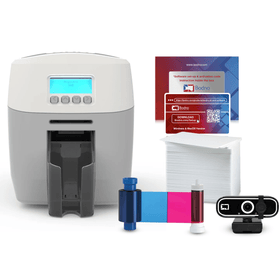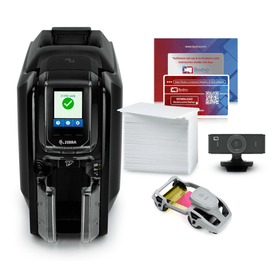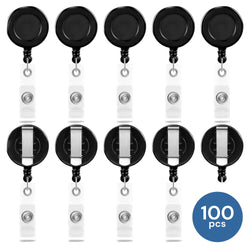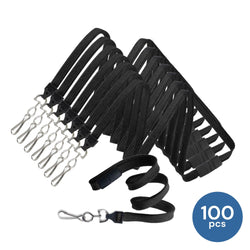Identification cards (ID cards) are an integral part of our daily lives, serving as a key to unlock various privileges and access. Whether it's a driver's license, employee ID, or student card, these cards play a crucial role in proving our identity. However, the wear and tear of daily use can take a toll on their lifespan. In this blog, we'll explore practical tips to ensure your ID cards last longer, saving you time and effort in replacements.
1. Invest in Quality Materials:
The foundation of a durable ID card lies in the materials used during its production. Opt for high-quality, durable materials such as PVC (polyvinyl chloride) or composite cards. These materials are known for their resilience against scratches, water, and general wear.
2. Laminate for Protection:
Consider laminating your ID cards to add an extra layer of protection. Lamination helps guard against moisture, dirt, and physical damage. There are various laminating options available, including pouch laminators and professional-grade laminating ID printing machines such as Magicard D or Evolis Primacy 2.


3. Avoid Bending and Twisting:
Treat your ID card with care to prevent bending or twisting. Keeping it in a dedicated cardholder or wallet slot designed for cards can help maintain its original shape. Bending the card, especially near the magnetic stripe or chip, can result in functionality issues.
4. Use Badge Holders and Clips:
ID cards are often subjected to friction and rubbing against other items in pockets or bags, leading to scratches and damage. Using badge clips and holders can help mitigate this risk by providing a protective barrier. Additionally, badge holders make it easier to attach your ID card to clothing without causing damage. There are even badge holders attached on a reel for quick easy access without the hassle of removing and then reattaching.


5. Use An Ideal Slot Punch
Using an appropriate slot punch is essential for ID cards as it ensures a professional and functional presentation. A well-designed slot punch creates a precise and clean slot in the ID card, allowing for easy attachment to lanyards, badge reels, or other accessories. This not only enhances the overall appearance of the ID card but also contributes to its longevity by minimizing the risk of tears or damage.
Moreover, an appropriately sized slot punch ensures that the card remains securely fastened to the chosen accessory, preventing accidental loss or displacement. In summary, investing in the right slot punch is a practical choice that not only enhances the aesthetic appeal of ID cards but also ensures their durability and practical use in daily operations.

6. Handle with Clean Hands:
Oils and dirt from your hands can transfer onto the ID card, impacting its appearance. Handle your ID card with clean hands to minimize the risk of transferring substances that could damage the card surface.
7. Regular Cleaning:
Dirt, oils, and debris can accumulate on your ID card over time, affecting its appearance and potentially damaging the card's surface. Clean your ID card regularly with a soft, lint-free cloth or a mild cleaning solution. Avoid abrasive materials that could scratch the card. Keeping cleaning kits for you id card printer is especially handy. You’ll already have the perfect materials to maintain your ID card printer and clean your ID badges.

8. Protect Against Sunlight and Heat:
Prolonged exposure to sunlight and heat can cause fading and warping of ID cards. Keep your cards in a cool, dry place away from direct sunlight. Consider using UV-resistant cardholders or wallets for added protection against sun damage.
By taking proactive steps to protect and maintain your ID cards, you can significantly extend their lifespan. Investing in quality materials, using protective ID card accessories, and adopting good habits can make a notable difference. Remember, a little care goes a long way in ensuring that your ID cards remain in good condition, serving you well for an extended period.































